Operations manager cover letter template
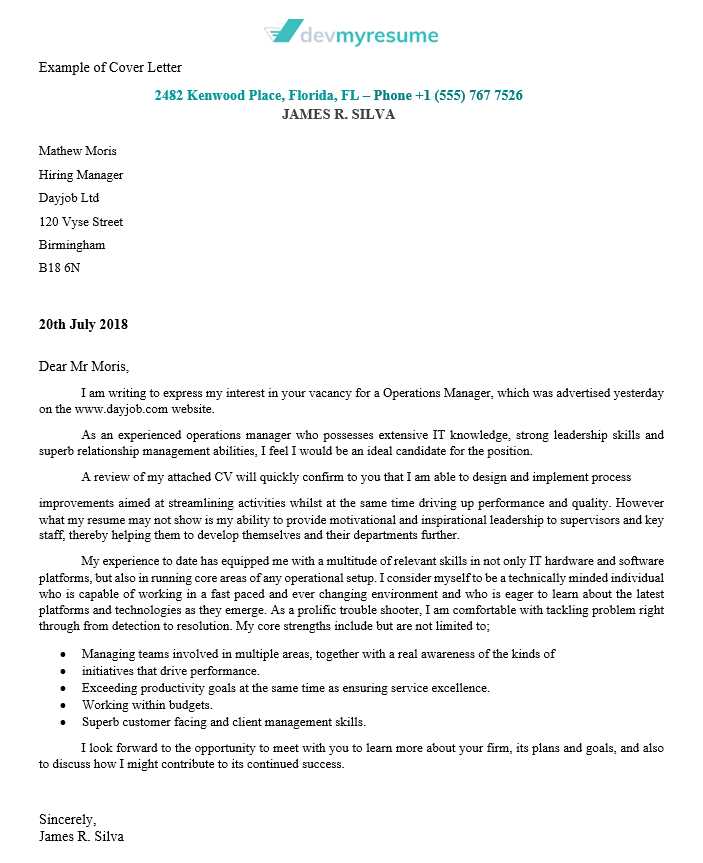
Tailor your cover letter to highlight your leadership skills and achievements in managing operations. Focus on how you improved processes, optimized resources, or led teams to meet business objectives. Ensure your letter aligns with the company’s goals and demonstrates your readiness to take charge of operations management.
Start with a strong opening that clearly states your interest in the role and emphasizes your relevant experience. Mention specific projects or accomplishments that showcase your ability to lead operations, whether through process improvements, cost reductions, or team management.
Provide clear examples of how you’ve contributed to previous organizations. For example, discuss how you implemented cost-saving measures, improved operational efficiency, or helped streamline workflows. These examples demonstrate your hands-on experience and show you can make a tangible impact from day one.
Close your cover letter by reinforcing your enthusiasm for the position and your desire to discuss how you can bring value to the company. Make sure to express your eagerness for the opportunity to meet and discuss your qualifications further.
Operations Manager Cover Letter Template
Focus on highlighting your ability to manage processes, lead teams, and improve operational efficiency. Start by addressing the hiring manager directly, mentioning the specific job title you are applying for and where you found the job listing. Make sure to show your enthusiasm for the role and the company you are applying to. Tailor your opening paragraph to reflect the company’s values or recent achievements that resonate with you.
Introduction
Clearly state your interest in the position and briefly explain why you’re a strong candidate. Mention your relevant experience, including specific skills such as budget management, team coordination, or strategic planning. Align these with the requirements mentioned in the job description.
Body
In the next paragraph, provide examples of your achievements. Quantify them where possible to give the hiring manager a clear idea of your impact. Mention key projects where you increased efficiency, reduced costs, or enhanced team collaboration. Show how these experiences will help you succeed in the role you’re applying for.
Finish the letter with a strong closing. Reaffirm your interest in the position, thank the hiring manager for their time, and express your enthusiasm about discussing your application further in an interview.
Structuring Your Operations Manager Cover Letter
Focus on clarity and directness when structuring your cover letter. Begin with a concise introduction that quickly highlights your interest in the role and a brief mention of your experience relevant to the position.
Opening Statement
Your opening should be tailored to the company and position, offering a compelling reason why you are the right fit. Skip generic statements and instead highlight your enthusiasm for the company’s specific goals or industry. Clearly connect your skills with the responsibilities outlined in the job listing.
Skills and Experience
Use the next section to demonstrate how your previous roles directly align with the requirements of the operations manager position. Include measurable achievements that show your ability to streamline processes, manage teams, or drive operational success. Avoid vague descriptions and focus on tangible results, such as increasing efficiency or managing cross-functional teams.
End the letter by reinforcing your desire for an interview. Keep it professional but warm, and express your willingness to discuss how your background can contribute to the company’s continued success.
Highlighting Relevant Skills for an Operations Manager
Focus on showcasing your ability to manage resources, streamline processes, and lead teams. A strong operations manager thrives on efficiency and organization. Highlight skills that directly impact day-to-day operations and long-term growth.
Leadership and Team Management
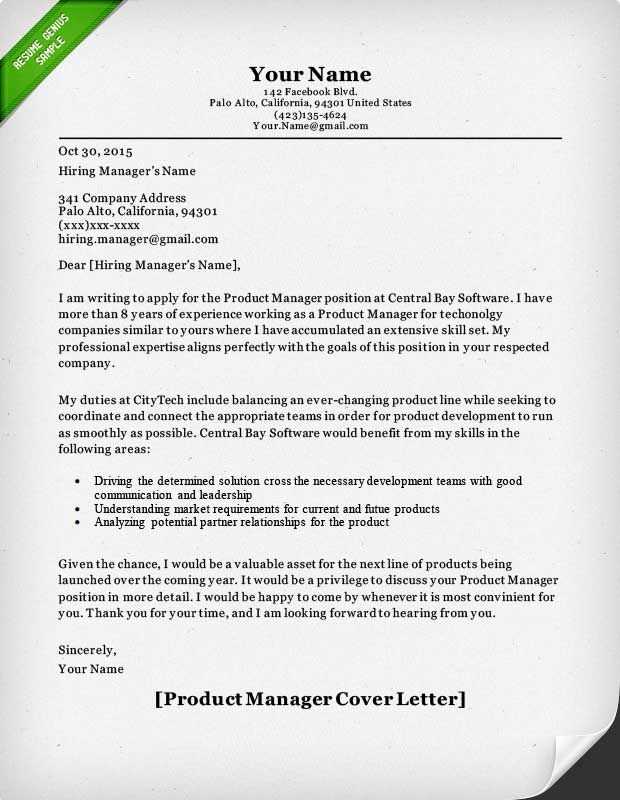
Demonstrate your capacity to guide teams and manage cross-functional projects. Effective operations managers motivate their teams, set clear expectations, and handle conflicts with a solution-oriented approach. List your experience with:
- Leading team meetings and setting performance goals
- Providing feedback and mentorship to improve team productivity
- Managing team dynamics to ensure smooth collaboration
Process Optimization
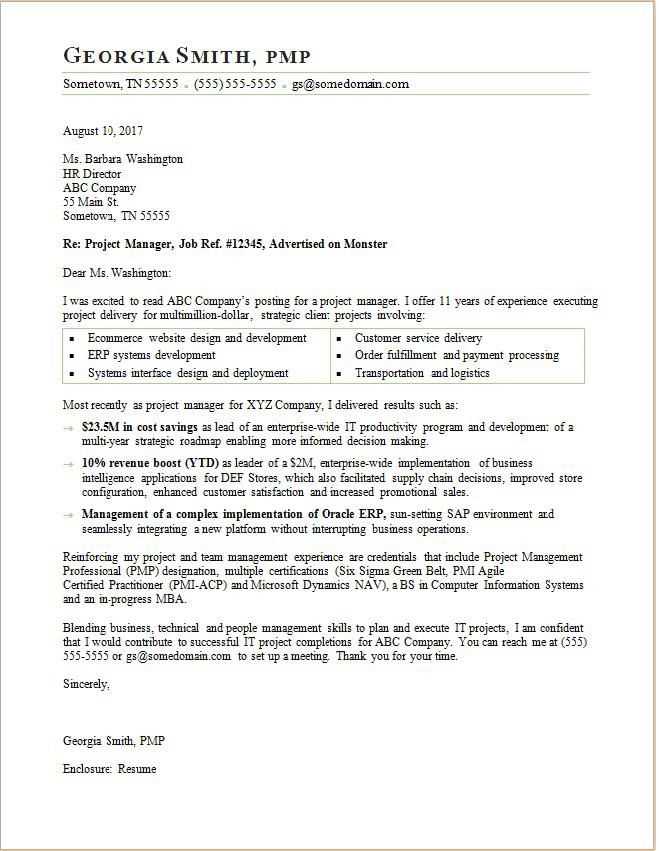
Highlight your ability to identify inefficiencies and streamline workflows. Focus on instances where you improved systems or reduced costs. Examples include:
- Implementing new software tools to increase workflow efficiency
- Redesigning operational processes to cut down waste and improve productivity
- Developing strategies to improve supply chain management
Including concrete examples and metrics will strengthen your profile. Employers look for candidates who can take charge, identify areas for improvement, and drive measurable success.
Addressing the Company’s Needs in Your Letter
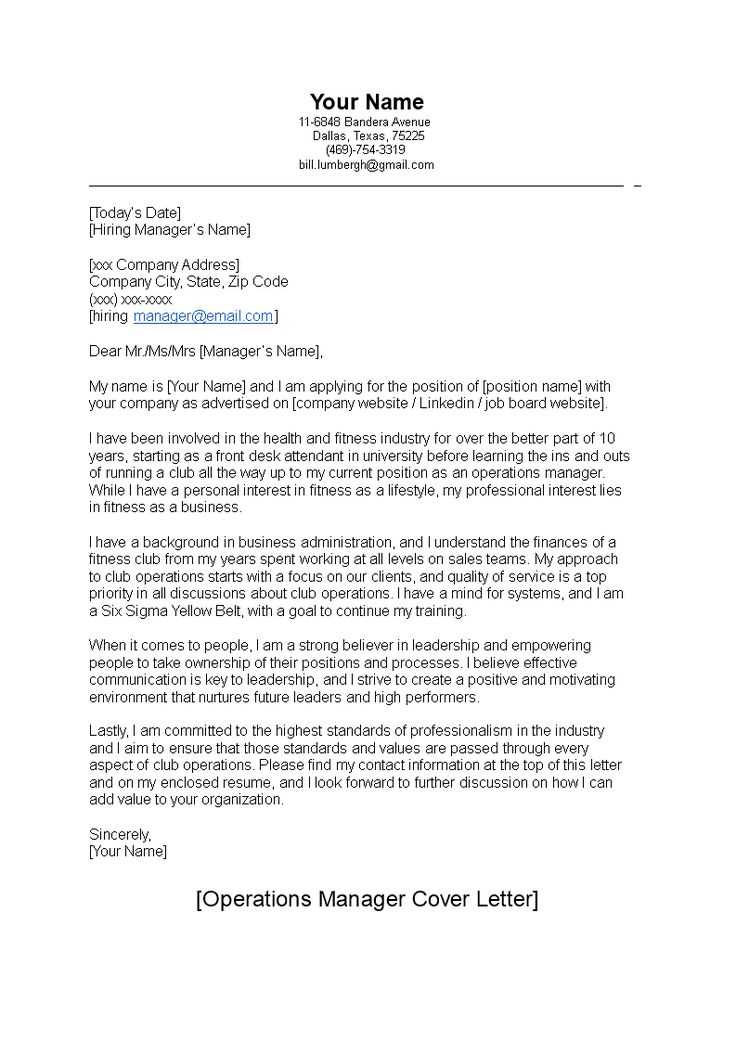
Focus on how your skills and experience directly align with the company’s priorities. Tailor your letter by researching the specific challenges the company faces and describe how you’ve successfully tackled similar issues in past roles. Highlight your ability to handle relevant tasks and provide measurable outcomes. Use clear examples to demonstrate your problem-solving skills and leadership in managing teams, improving processes, or optimizing resources. Show how your experience matches the company’s current objectives, and explain how you can contribute to their success.
Be Specific: If the company is seeking someone with experience in streamlining operations or improving efficiency, share detailed results from your previous roles. Whether it’s reducing costs, increasing productivity, or enhancing team collaboration, quantifiable achievements will strengthen your application.
Align with Values: Highlight how your personal values match the company’s culture and mission. Demonstrating that you share similar goals will help reinforce your fit for the position and increase your chances of standing out.
Remember, the key is to make it clear that you’re not just looking for a job, but that you’re eager to address the specific needs of the company and contribute to its goals.
Demonstrating Problem-Solving Abilities
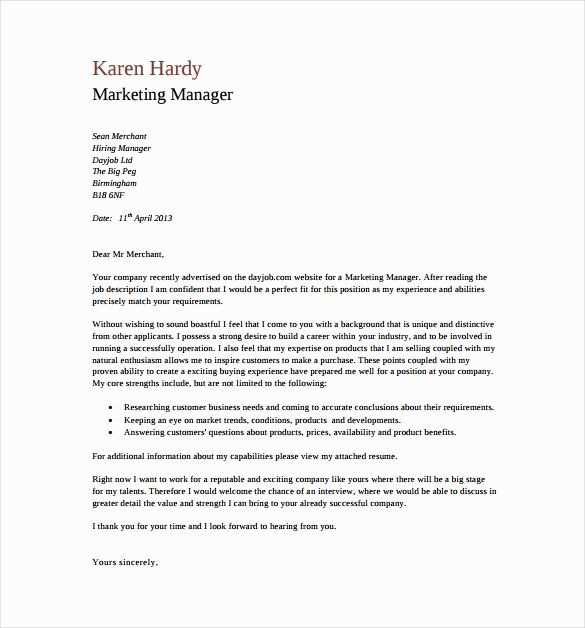
Highlight specific examples where you identified an issue, analyzed the situation, and implemented a solution. Focus on outcomes that show your ability to manage challenges effectively.
- Describe a challenging situation you encountered and the steps you took to address it.
- Explain how you gathered information, involved the right team members, and considered multiple solutions before acting.
- Quantify results, such as time saved, costs reduced, or performance improvements achieved.
Employ a direct approach to problem-solving. Show how you stay calm under pressure and how your actions lead to positive change.
- For example, when facing delays in project timelines, outline the adjustments you made to keep the project on track.
- Provide instances where your decision-making streamlined operations or resolved conflicts between departments.
Lastly, tie these examples back to how your problem-solving skills align with the needs of the company you’re applying to.
Aligning Your Experience with Job Requirements
Tailor your experience to match the specific requirements of the job by focusing on measurable achievements and relevant skills. Review the job description closely and highlight areas where your expertise directly aligns with the company’s needs. Use concrete examples to demonstrate your impact in previous roles.
Showcase Relevant Skills
Start by matching the key skills listed in the job description with your own background. For example, if the job requires project management skills, describe a project you led, emphasizing the results you delivered and the tools you used.
Quantify Your Impact
Where possible, include numbers to quantify your achievements. Metrics make your contributions clearer and more impactful. For instance, if you improved team productivity or reduced costs, provide specific figures that highlight your success.
| Job Requirement | How My Experience Aligns |
|---|---|
| Leadership in Operations | Managed a team of 10, increasing productivity by 15% within the first six months through streamlined processes. |
| Cost Reduction | Implemented cost-saving initiatives that resulted in a 20% reduction in operational expenses over one year. |
| Strategic Planning | Led the development and execution of a three-year business strategy, achieving 30% revenue growth. |
By drawing clear connections between your experience and the job’s requirements, you present yourself as a strong fit for the role. This targeted approach increases your chances of standing out to hiring managers.
Writing a Strong Closing Statement
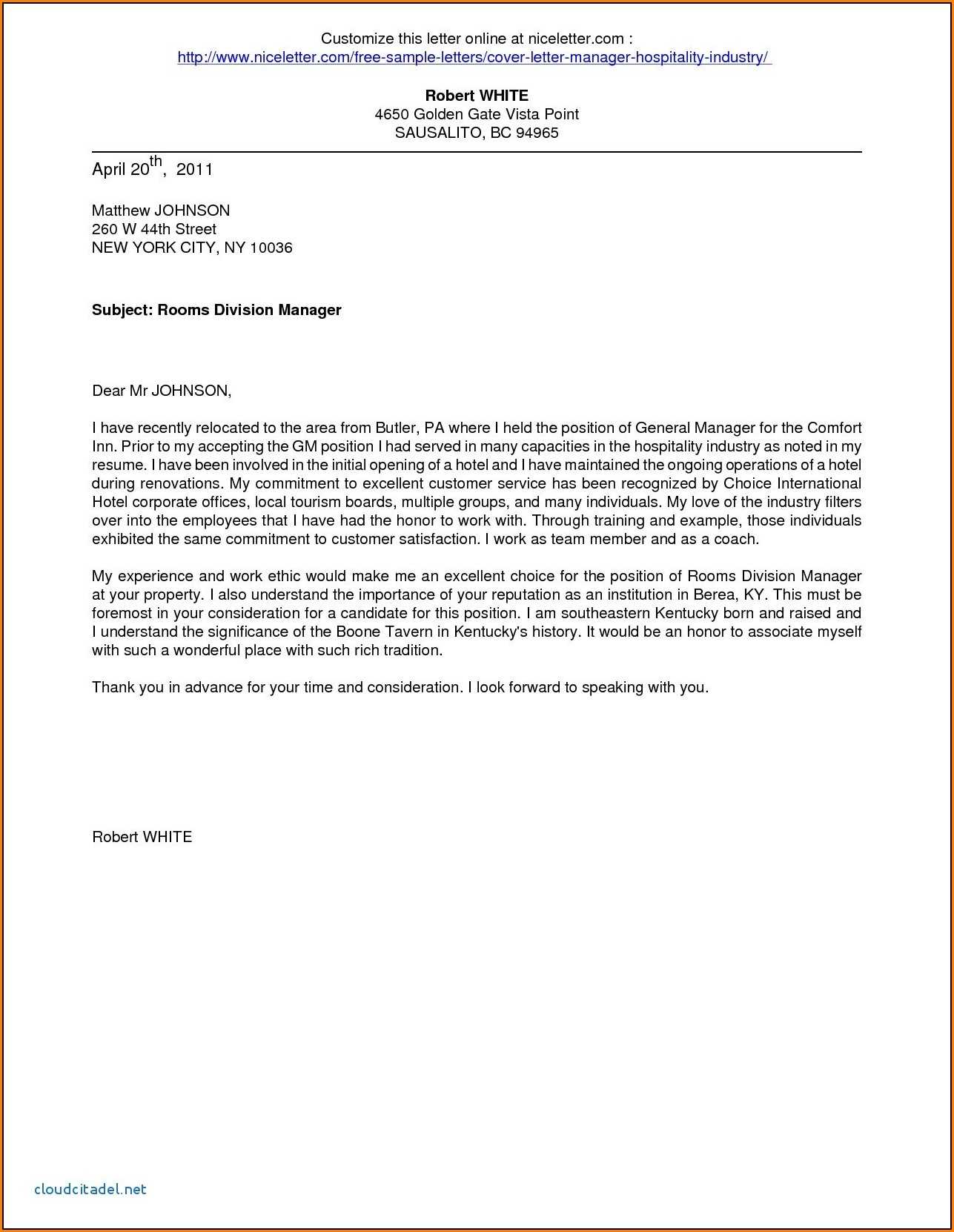
Conclude your cover letter with a confident, positive remark that reinforces your interest in the position. Express your enthusiasm for the role and how you can contribute to the company’s success. Clearly invite the employer to take action, whether it’s scheduling an interview or discussing your qualifications further.
For example, instead of saying “I look forward to your response,” you can say, “I am excited about the opportunity to bring my skills to your team and would welcome the chance to discuss how I can contribute to your success.” This creates a more engaging and proactive tone.
Always thank the reader for their time and consideration. It leaves a positive impression. A phrase like “Thank you for considering my application, and I hope to speak with you soon” works well without sounding generic.
Finally, end with a polite but confident sign-off, such as “Sincerely” or “Best regards.” This maintains professionalism and ensures a polished close to your letter.